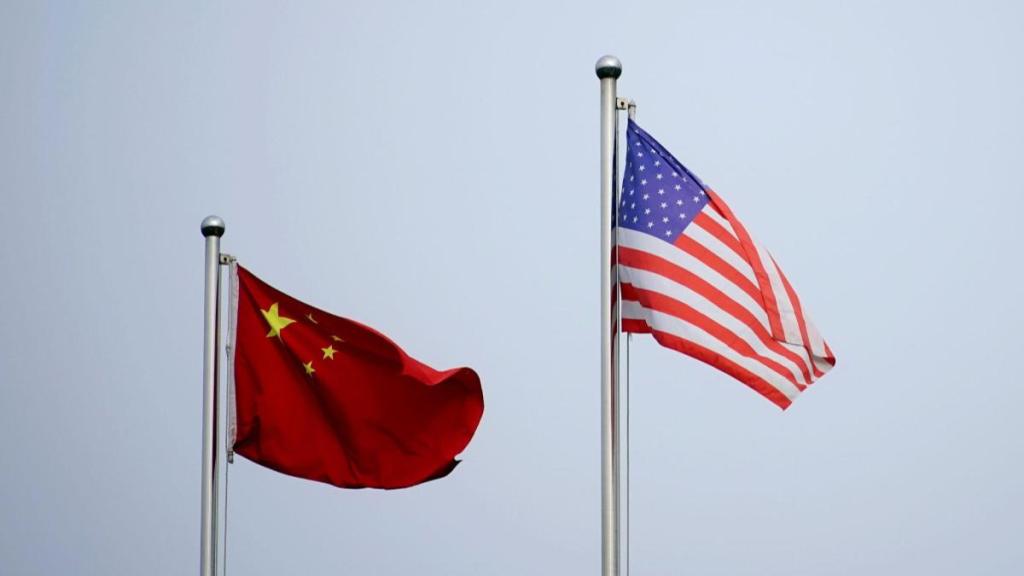By Anita Inder Singh,
For the US, it is allies first in the Indo-Pacific, not non-aligned India. The US wants to deter Chinese expansionism in Asia. In early April, China’s provocation to the Philippines, one of its oldest post-1945 allies, was the immediate precursor to the idea of creating a deterrent. China then fired water cannons towards Philippine vessels in the South China Sea. Chinese ships and planes had also been crossing the Taiwan Strait for some time.
The US had already been constructing a new quadrilateral group—the “Squad”—distinct from the Quadrilateral Security Dialogue in which India is the only non-ally. Japan, Australia, and the US are the other members. For the moment, the Squad will comprise old allies dating from the cold war, including the US, Japan, Australia, and the Philippines.
The Quad is not about deterrence but discuses certain issues. In terms of deterring China with other members and economic capacity to do so, India is the weakest link there. Now, the US and its allies are highlighting military substance. Joint statements issued after the past three Quad leaders’ summits have included references to “peace” and “stability” but have never mentioned deterrence.
Japan and the Philippines are now the pillars of the US’ anti-China military deterrent. The new deterrent highlights the meaning of an alliance with binding commitments. The Philippines reinforces both commitment and strategic alignment to the Squad. It is also in the midst of a $35 billion military modernisation program and aims to become a fully-fledged “middle power” with technologically advanced naval and air forces.
The Philippines may give the US and other Squad members greater access to its northernmost provinces, which are just 88 miles away from Taiwan. Such access could become a military necessity in the event of China trying to invade Taiwan, although all countries recognise Taiwan as part of China under the One-China Principle and do not accord it diplomatic recognition as a state.
The allies also want to deter China’s intimidating “grey zone” tactics in the South China Sea. Such tactics are threatening and raise fears of war. The US has therefore reiterated its mutual defence treaty obligations, dating from 1951, to the Philippines. Washington will also coordinate various diplomatic, economic and military counter-measures to confront Chinese imperialism in the international waters of the South China Sea. In the meantime, the Squad sends a reminder to China that the Philippines is not alone. Apart from being an US treaty ally, the Philippines also has special military agreements with Australia and Japan. Together, all four countries will strengthen interoperability and coordination to deter China’s territorial prowling.
The Squad will be further strengthened by the end of Japan’s post-1945 pacifism and decision to mitarise after Russia’s invasion of Ukraine in 2022. As one of the most economically advanced Asian countries, Japan is expected to become the world’s third largest military power within the next five years and will establish itself as Asia’s counterpoise to China. The Quad will remain, but India’ s top priorities will still be its border disputes with China and Pakistan.
Neither the US nor its Asia-Pacific allies can take peace for granted. Washington and its NATO allies have lost some credibility by their slow delivery of weapons to a war-ravaged Ukraine. That stands out as an example of the military and humanitarian disasters that have occurred when the US and its its divided European allies have failed to give timely aid to Ukraine against an aggrandising Russia which has broken international law.
“Ukraine today may be East Asia tomorrow”, warned Japanese prime minister Fumio Kishida in June 2022. The US’ Asian allies have joined Tokyo in condemning Russia’s assault on Ukraine and Japan has imposed sanctions on Russia.
In contrast, Indo-US relations have not been at their best, in view of India’s refusal to condemn Russia’s invasion of Ukraine and Delhi’s continued buying of large quantities of Russian oil, for which it is paying in Chinese yuan, US dollars and UAE dirhams. Recent Indian hopes of a Quad summit and Biden’s attendance at the Republic Day parade on 26 January were dashed because of his busy schedule, which included his March 7 State of the Union address and Kishida’s official visit to Washington on April 10.
At another level, the US State Department chronicles India’s declining democracy, much to Delhi’s annoyance. Additionally, the US and Canada believe that Indian intelligence masterminded assassination operations against their citizens for extremism. In 2020 Australian Security Intelligence concluded that Indian intelligence officers carried out surveillance of Khalistani separatists in their country. New Delhi’s denials and expressed willingness to cooperate in investigations have yet to clear the air with any of these friendly countries.
Unlike Europe, the US’ Asian allies are already strengthening their military capabilities, but they cannot replace US power. China is the main security threat to many of its Asian neighbours and to the stability of the Indo-Pacific.
Any deterrence against China, involving the US and its Asian allies, will be of help to non-aligned India. Strategically autonomous India should upgrade its own border defences. It should also pay attention to the east, as its distant Asian friends, with whom it does not have strong military or economic ties, tighten old alliances with the US and each other.
The author is a founding professor, Centre for Peace and Conflict Resolution, New Delhi.
Disclaimer: Views expressed are personal and do not reflect the official position or policy of Financial Express Online. Reproducing this content without permission is prohibited.


